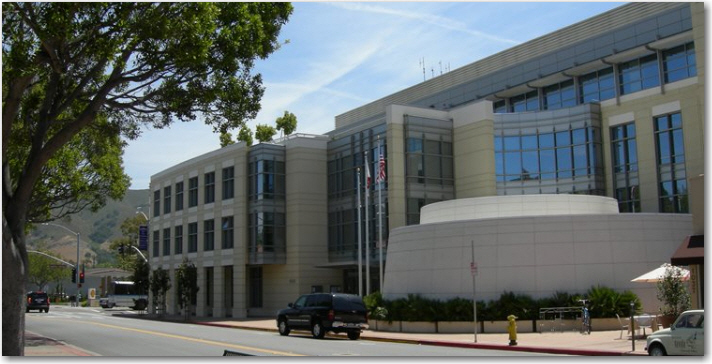
The role of the Assessor's Office in County Government is to discover, inventory, and value all real and personal property in the county. The valuations are then passed forward to the office of the Auditor Controller, Treasurer, Tax Collector, Public Administrator, which applies the correct tax rate, creates property tax bills, mails the bills and then collects the property taxes. Other responsibilities of the Assessor include creating and maintaining assessment maps for all real property in the County of San Luis Obispo. We also track and update property ownership records for all property in the county.
For information regarding tax rates, special assessments, maintenance district fees, or tax collection/refunds, please refer to the Auditor-Controller-Treasurer-Tax Collector’s website.
Wildfire or Natural Disaster Damage - Property Tax Assistance
Property damaged or destroyed in a wildfire may be eligible for disaster relief according to San Luis Obispo County Assessor Tom J. Bordonaro, Jr.
“To assist taxpayers who have experienced substantial damage or destruction of their property, my office is available with possible property tax relief,” said Assessor Tom Bordonaro.
To qualify, taxpayers must file an Application for Reassessment of Property Damaged by Misfortune or Calamity with the Assessor’s Office within 12 months from the date the property damage occurred. The loss must exceed $10,000 of current market value.
In addition, Proposition 19 allows an owner of a primary residence who is a victim of a wildfire or other natural disaster to transfer the factored base year value of their primary residence to a replacement primary residence located anywhere in California. The property must have been the principal place of residence of the taxpayer at the time of the wildfire or disaster. The disaster must also be the subject of a declaration of emergency proclaimed by the Governor of California.
The original primary residence is substantially damaged or destroyed if either the land or the improvements sustain physical damage amounting to over 50 percent of either the land or the improvement’s full cash value immediately before the wildfire or natural disaster.
For additional information, property owners may contact the Assessor’s Office at [email protected]. The application forms are available on our Forms & Documents page.
Proposition 19 Filing Information
Proposition 19 changes are significant and complex. Implementing regulations and legislative changes are still being written by state government, even as the assessor is receiving local applications. Our office will process applications as quickly as possible; however, there are delays due to complex processing requirements under Proposition 19.
Significant changes in the law for Base Year Value Transfers and Intergenerational Property Transfer Exclusions (Parent to Child) resulted when California voters approved Proposition 19 in November 2020. To help taxpayers understand the changes and how they may impact you, information is provided in the two links above as guidance from the Assessor.
For further information, please visit the California State Board of Equalization website.
Property Tax Postponement Program – Age 62 and Older
The California State Controller’s Office (SCO) offers the Property Tax Postponement Program, which allows homeowners who are seniors, age 62 and older, to defer current-year property taxes on their principal residence.
The annual household income limit is available on the SCO’s website. For additional information on the Property Tax Postponement Program, visit the State Controller’s website at www.sco.ca.gov/ardtax_ prop_tax_postponement.html.
Property Tax Cycle, Explained

